New technology adoption? Sudden spikes in demand? Talent crunch? Project exigencies? No problem. CloudLeaf brings to you engagement models that cater to every kind of a requirement. From long-term to short-term, from resource allocation to full-on modernization, project size is no bar for our teams.
Explore our flexible engagement models and choose what fits your business and your budget best. Because whatever the need, there’s no compromise on quality!
Fixed Price Model (FP)
Description: The scope of the project and the price is fixed by CloudLeaf and our client based on the project’s scope and requirements.
Best Fit: Projects where the scope and requirements are well-defined and unlikely to change significantly.
Advantages of the Model:
Cost Predictability: Clients know the exact cost upfront, which helps in budget planning.
Clear Scope: No ambiguity and misunderstandings as the project scope is well-defined.
Minimal Client Oversight: Once agreed upon, the client can have minimal involvement in day-to-day project management.
Simplified Billing: Clients receive a straightforward billing structure, without variable costs or unexpected expenses.
Increased Focus on Deliverables: Both parties are motivated to complete the project within the agreed terms, leading to better focus on delivering quality outcomes.
Time Efficiency: With a fixed budget, there’s often a stronger push to adhere to timelines and milestones, potentially leading to quicker project completion.
Client Satisfaction: Predictable costs and defined deliverables often lead to higher client satisfaction and stronger relationships.
Resource Allocation: CloudLeaf pre-allocate resources, based on the exact requirements and timelines of the project.
Risk Management: CloudLeaf will bear the risk of underestimating the effort required if project scope is not accurately defined.
Clear Scope: No ambiguity and misunderstandings as the project scope is well-defined.
Minimal Client Oversight: Once agreed upon, the client can have minimal involvement in day-to-day project management.
Simplified Billing: Clients receive a straightforward billing structure, without variable costs or unexpected expenses.
Increased Focus on Deliverables: Both parties are motivated to complete the project within the agreed terms, leading to better focus on delivering quality outcomes.
Time Efficiency: With a fixed budget, there’s often a stronger push to adhere to timelines and milestones, potentially leading to quicker project completion.
Client Satisfaction: Predictable costs and defined deliverables often lead to higher client satisfaction and stronger relationships.
Resource Allocation: CloudLeaf pre-allocate resources, based on the exact requirements and timelines of the project.
Risk Management: CloudLeaf will bear the risk of underestimating the effort required if project scope is not accurately defined.
Time and Materials (T&M)
Description: In this model, CloudLeaf bills clients based on the actual time and resources expended on the project. Rates are typically hourly or daily, providing flexibility as project requirements evolve.
Best Fit: Projects which have evolving project requirements or uncertain project scope in terms of resources.
Advantages:
Transparency: Clients have visibility into the actual effort expended, promoting trust and accountability.
Flexibility: It allows for changes in project scope, requirements, and design during the development process, accommodating evolving client needs and market conditions.
Better Focus: Since the billing is on actual resources used, there is higher focus on quality and thoroughness.
Adaptability to Complex Projects: Suitable for projects with undefined or dynamic requirements, where it is challenging to estimate the total effort and resources needed upfront.
Cost Efficiency: Clients pay only for the actual work done and materials used, potentially saving costs on projects that require less effort than initially anticipated.
Reduced Risk: Both CloudLeaf and the client share the risk of project overruns, as the focus is on the time and resources required to achieve the desired outcome, rather than adhering to a fixed budget.
Scalability: It is easier to scale up or down the resources and effort as needed, allowing for better resource management and adaptation to project demands.
Flexibility: It allows for changes in project scope, requirements, and design during the development process, accommodating evolving client needs and market conditions.
Better Focus: Since the billing is on actual resources used, there is higher focus on quality and thoroughness.
Adaptability to Complex Projects: Suitable for projects with undefined or dynamic requirements, where it is challenging to estimate the total effort and resources needed upfront.
Cost Efficiency: Clients pay only for the actual work done and materials used, potentially saving costs on projects that require less effort than initially anticipated.
Reduced Risk: Both CloudLeaf and the client share the risk of project overruns, as the focus is on the time and resources required to achieve the desired outcome, rather than adhering to a fixed budget.
Scalability: It is easier to scale up or down the resources and effort as needed, allowing for better resource management and adaptation to project demands.
Dedicated Team Model (DTM)
Description: CloudLeaf will dedicate an entire team of resources (developers, testers, etc.) exclusively to the client's project. This team operates as an extension of the client's workforce, managed and directed by the client.
Best Fit: Suitable for projects where the client needs greater control over the processes, priorities, and workflows.
Advantages:
Focused Expertise: Clients gain access to a team of specialists with the specific skills and expertise needed for their project, leading to higher quality outcomes.
Long-term Collaboration: The dedicated team becomes deeply familiar with the client’s business goals, processes, and standards, leading to more cohesive and effective collaboration over time.
Scalability: Teams can be easily scaled up or down based on project needs, providing flexibility to adapt to changing requirements without the complexities of hiring or layoffs.
Cost Efficiency: While similar to having an in-house team, it eliminates the overhead costs associated with recruitment, training, and infrastructure.
Consistency and Stability: Having a consistent team working on the project ensures stability and continuity, reducing the risks associated with high employee turnover.
Improved Communication: Direct communication lines between the client and the team lead to better coordination, faster decision-making, and fewer misunderstandings.
Resource Allocation: Clients benefit from dedicated resources that are not shared with other projects, ensuring focused attention and quicker response times.
Enhanced Productivity: Familiarity with the project and ongoing collaboration improve the team’s productivity and efficiency over time.
Alignment with Client Culture: Over time, the dedicated team can align closely with the client’s company culture and values, fostering a more integrated and motivated working relationship.
Direct Control: Clients have direct control over team management, task assignments, and project priorities.
Long-term Collaboration: The dedicated team becomes deeply familiar with the client’s business goals, processes, and standards, leading to more cohesive and effective collaboration over time.
Scalability: Teams can be easily scaled up or down based on project needs, providing flexibility to adapt to changing requirements without the complexities of hiring or layoffs.
Cost Efficiency: While similar to having an in-house team, it eliminates the overhead costs associated with recruitment, training, and infrastructure.
Consistency and Stability: Having a consistent team working on the project ensures stability and continuity, reducing the risks associated with high employee turnover.
Improved Communication: Direct communication lines between the client and the team lead to better coordination, faster decision-making, and fewer misunderstandings.
Resource Allocation: Clients benefit from dedicated resources that are not shared with other projects, ensuring focused attention and quicker response times.
Enhanced Productivity: Familiarity with the project and ongoing collaboration improve the team’s productivity and efficiency over time.
Alignment with Client Culture: Over time, the dedicated team can align closely with the client’s company culture and values, fostering a more integrated and motivated working relationship.
Direct Control: Clients have direct control over team management, task assignments, and project priorities.
Outcome-Based Pricing
Description: In this model, CloudLeaf's compensation is directly tied to the outcomes achieved by the project, such as meeting specific milestones, achieving performance metrics, or delivering predefined business results.
Best Fit: Projects with a strategic business focus and long-term value rather than short-term tasks. Also suitable for projects with clear, measurable outcomes, and achievable targets.
Advantages:
Risk and Reward Sharing: The risk as well as reward is shared between CloudLeaf and our client. CloudLeaf stays motivated to meet or exceed the agreed-upon outcomes because of mutual benefit.
Cost Efficiency: Clients pay for the value delivered rather than the hours worked or resources used, which can lead to more efficient and cost-effective solutions.
Focus on Results and Quality: The model prioritizes achieving specific business goals and outcomes, ensuring that the project delivers tangible benefits rather than just completing tasks.
Innovation and Flexibility: CloudLeaf will have the option to design innovative approaches and effective methods to achieve the desired outcomes.
Transparency: CloudLeaf will provide clear outcome metrics and performance indicators for greater transparency in project progress, making it easier for clients to track and evaluate success.
Predictable ROI: Clients can better predict their return on investment, as payments are tied to the achievement of specific, measurable outcomes.
Cost Efficiency: Clients pay for the value delivered rather than the hours worked or resources used, which can lead to more efficient and cost-effective solutions.
Focus on Results and Quality: The model prioritizes achieving specific business goals and outcomes, ensuring that the project delivers tangible benefits rather than just completing tasks.
Innovation and Flexibility: CloudLeaf will have the option to design innovative approaches and effective methods to achieve the desired outcomes.
Transparency: CloudLeaf will provide clear outcome metrics and performance indicators for greater transparency in project progress, making it easier for clients to track and evaluate success.
Predictable ROI: Clients can better predict their return on investment, as payments are tied to the achievement of specific, measurable outcomes.
Risk-Reward Sharing Models
Description: CloudLeaf and the client share risks and rewards based on project success criteria. This may involve a combination of fixed payments and bonuses contingent upon meeting agreed-upon targets.
Best Fit: Suitable for projects with high levels of uncertainty or complexity or risk. Also suitable for projects involving greater level of innovation, R&D, multi-phase projects, and long-term initiatives
Advantages:
Mutual Commitment: Both CloudLeaf and the client will collaborate and have a shared commitment to project success.
Innovation, Quality, and Efficiency: Providers are incentivized to innovate and find efficient solutions to maximize rewards and minimize risks.
Cost Management: CloudLeaf is responsible for efficient management of resources.
Flexible Structure: Allows for adaptation to changing project dynamics and priorities.
Transparency and Accountability: CloudLeaf sets clear performance metrics and reward structures to promote transparency and accountability, making it easier to track progress and success.
Risk Mitigation: CloudLeaf shares the risk with the client, which leads to more thorough planning, risk assessment, and mitigation strategies, reducing the likelihood of project failures.
Innovation, Quality, and Efficiency: Providers are incentivized to innovate and find efficient solutions to maximize rewards and minimize risks.
Cost Management: CloudLeaf is responsible for efficient management of resources.
Flexible Structure: Allows for adaptation to changing project dynamics and priorities.
Transparency and Accountability: CloudLeaf sets clear performance metrics and reward structures to promote transparency and accountability, making it easier to track progress and success.
Risk Mitigation: CloudLeaf shares the risk with the client, which leads to more thorough planning, risk assessment, and mitigation strategies, reducing the likelihood of project failures.
Subscription-based Pricing
Description: CloudLeaf offers subscription-based services to clients that are billed on a recurring basis, typically monthly or annually.
Best Fit: Suitable for projects which need access to SaaS applications, Cloud infrastructure resources, cyber security services, CDNs, and subscription box services.
Advantages:
Predictable Costs: CloudLeaf charges a regular, predictable fee, which aids in budgeting and financial planning for the client without worrying about unexpected costs.
Lower Upfront Investment: Clients will have lower initial investments as they don’t have to purchase software or services, and yet have access to technology.
Access to Latest Features: Clients continuously receive updates, new features, and improvements, ensuring they have access to the latest technology and enhancements.
Scalability: Subscription plans often offer flexibility to scale up or down based on needs, allowing clients to adjust their usage and costs according to their current requirements.
Maintenance and Support: Regular maintenance, support, and troubleshooting services are typically included, reducing the need for separate support contracts or additional expenses.
Reduced Risk: Clients can try out services or software without a long-term commitment, reducing the risk of investing in a solution that may not meet their needs.
Ease of Access and Deployment: Cloud-based subscription services can be accessed from anywhere with an internet connection, and deployment is often quicker and less complex than traditional software installations.
Lower Upfront Investment: Clients will have lower initial investments as they don’t have to purchase software or services, and yet have access to technology.
Access to Latest Features: Clients continuously receive updates, new features, and improvements, ensuring they have access to the latest technology and enhancements.
Scalability: Subscription plans often offer flexibility to scale up or down based on needs, allowing clients to adjust their usage and costs according to their current requirements.
Maintenance and Support: Regular maintenance, support, and troubleshooting services are typically included, reducing the need for separate support contracts or additional expenses.
Reduced Risk: Clients can try out services or software without a long-term commitment, reducing the risk of investing in a solution that may not meet their needs.
Ease of Access and Deployment: Cloud-based subscription services can be accessed from anywhere with an internet connection, and deployment is often quicker and less complex than traditional software installations.
Our Promise
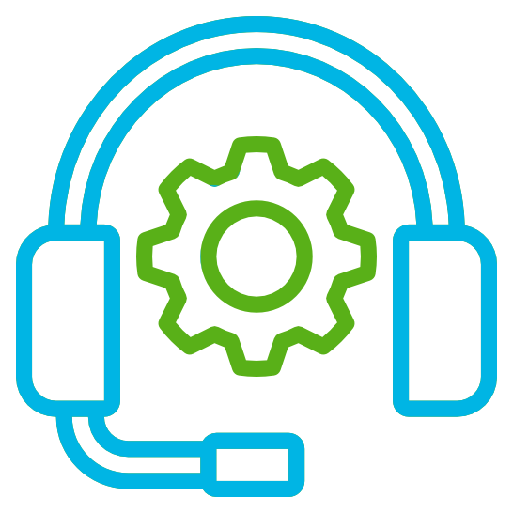
End-To-End
Comprehensive Support
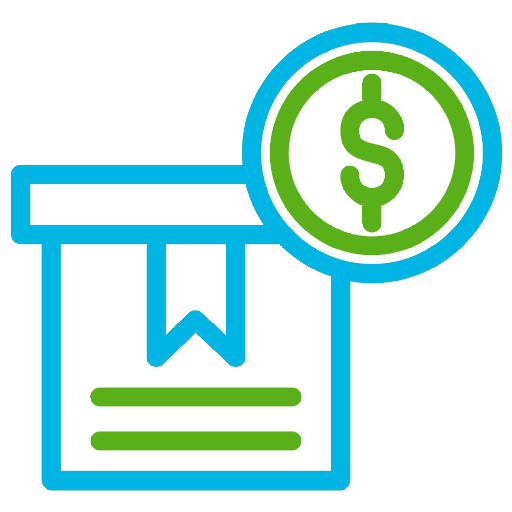
Transparency In Cost
and Project Delivery
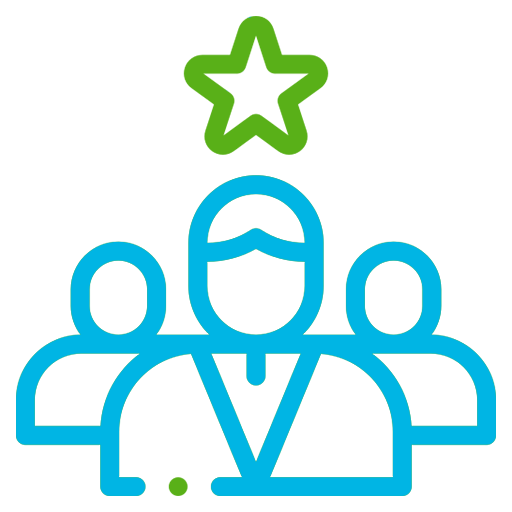
Hands-On Leadership
Support
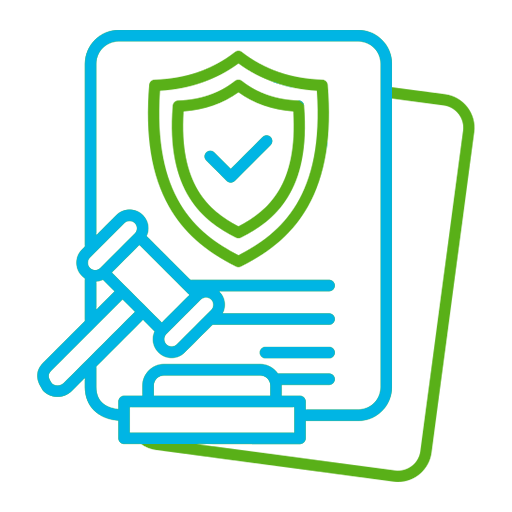
Strict Adherence
to SLAs
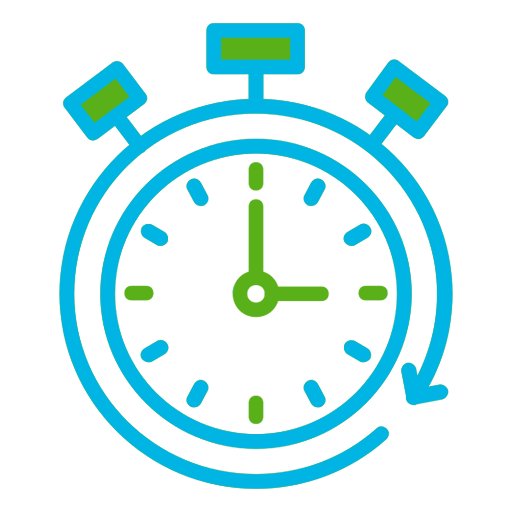
Quick Project
Turnaround
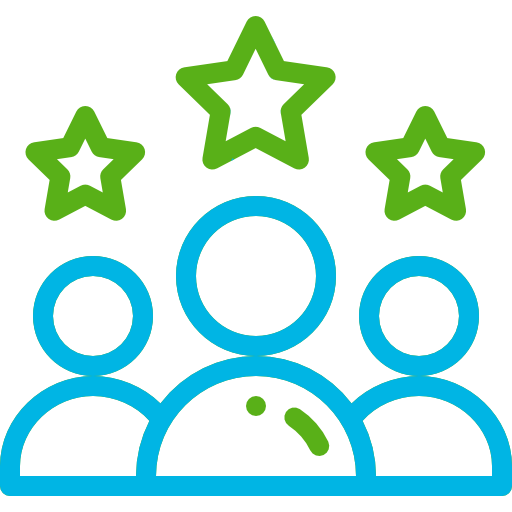
Wide Range of Expertise
In Latest Technologies
Ready to Transform Your Business?
Get in touch today with our experts.





